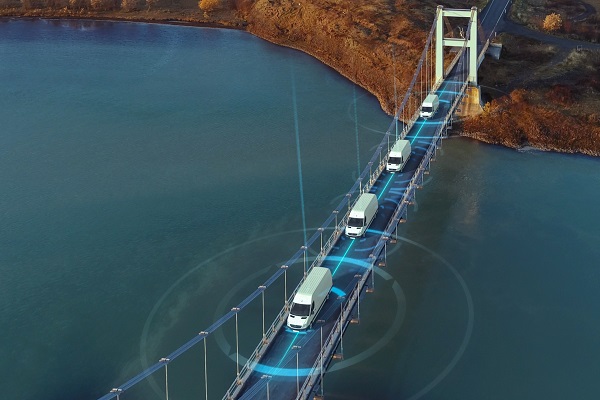It’s always fun gazing into the technological crystal ball, not least when it comes to innovations in Advanced Driver Assistance Systems (ADAS). We’ve seen rapid leaps over the past ten years, so what are the coming years likely to bring? For the fleet operator, there’s a myriad of exciting new technology already keeping lives safer, according to a recent article in Fleet Equipment magazine.
ADAS has established itself as part and parcel of the safety armoury of many fleets, especially Stateside, with collision mitigation, lane departure warning and blind spot detection among the most prevalent tools adopted to ensure the safety of drivers and other road users.
We are likely to see a more rapid uptake of upcoming safety features, now that the value of ADAS has been recognised – in terms of both driver welfare and lower insurance premiums – and that its adoption is seen as less discretionary than some years ago.
Driver welfare goes beyond saving lives. Active Lane Assist is cited as one technology that is particularly favoured by truck drivers, not just for its obvious safety benefits, but as a contributor to driver comfort.
Three of the latest technologies are highlighted in the article.
Active Speed Intervention
ASI alerts the driver if he/she exceeds the speed limit. Depending how much over the speed limit the driver goes, the system will de-throttle the engine for a few seconds and either set Adaptive Cruise Control to the speed limit or cancel it.
Lane Keep Assist with Auto Stop
If the driver’s hands are off the steering wheel for over one minute – signalling driver fatigue or illness – this system actively brings the vehicle to a stop. It keeps the truck in the centre of its lane while it slows to a halt, the doors unlock and the interior lights flash, indicating to fellow motorists that help is needed.
Brake Hold Mode
This simple but handy function alleviates the requirement to keep pressing the brake pedal during periods of standstill – when tiredness or lapse of concentration can lead to the brake being inadvertently deactivated due to the driver’s foot slipping from the pedal. The brake remains activated until the accelerator is pressed.
According to the article, the ADAS systems of the future will help detect vehicles from far off which will make collision mitigation features even better. In particular, expect technologies that will enhance visibility and cut down on driver distractions, while improving both braking and handling.
Sensors with greater range will combine with vastly increased processing power to edge us ever closer to the final destination of autonomous commercial vehicles. These are already making their entrance for relatively straightforward tasks, such as “hauling from a mine pit on a remote road or maintaining a lane on a limited access highway.”

